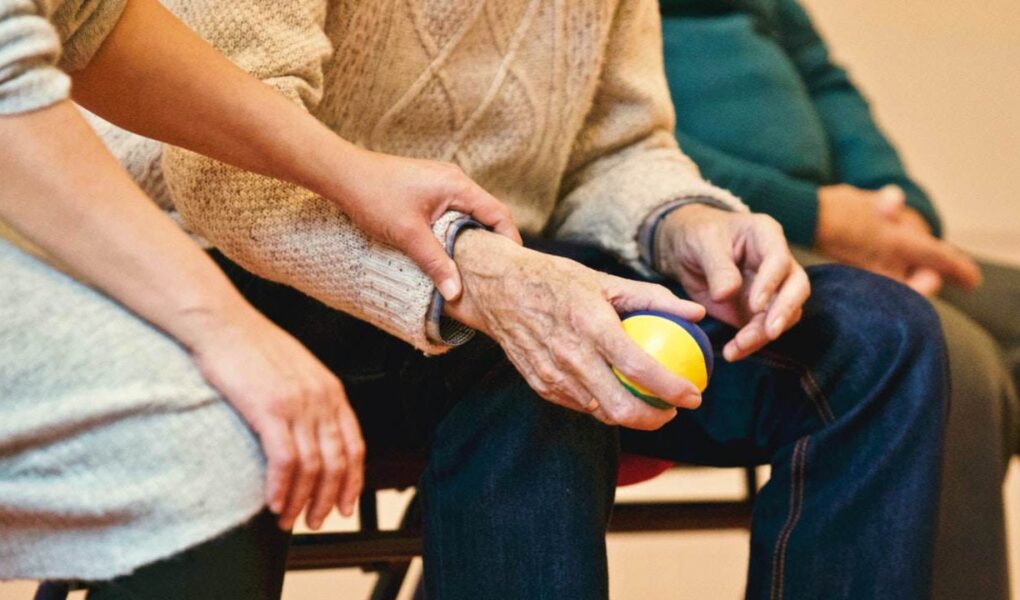Contents
Let’s face it, we’re all going to grow old one day. As we age, our needs change. And we may not be able to care for ourselves as we were once able. But understanding the options for elderly care is a good starting point for preparing your loved ones (and yourself) for the future.
Life moves pretty quickly. And before you know it, you may find yourself sitting in a rocking chair at age 65 wondering where all the years have gone. But sometimes life throws us for a loop and we have to make tough decisions. And this is often the case when considering how to care for an elderly loved one.
It’s no fun to watch your loved one’s age and become unable to care for themselves. And believe it or not, this can happen abruptly. If you’re considering care options and looking for information on the best path forward, you may find the following useful.
Nursing Homes
Nursing homes often get a bad rap. And this is primarily because many nursing homes across the country simply don’t have the resources to care for their residents adequately. While some facilities do have outstanding reputations, there are many which have subpar living and care conditions. And these conditions need to be reported and corrected, whether through legal or administrative measures. If you decide to take legal action, search for an attorney in your state. Each state has different laws so you need one that is up to speed with your laws. To find one search your state plus attorney. If you are in Illinois search “Nursing home abuse attorney in Illinois” or if you are in Texas you can search “Texas nursing home abuse attorney”.
When considering a nursing home for care, you have to ensure that the facilities are adequate and that the staff is able to deliver the required level of care that your loved one needs. This may take some time to research, but it will be in your best interest (and in the best interest of your loved one) to spend the time to narrow down the best facility.
Nursing homes may be the last resort in many cases. But if no other options are viable, you may have to have a conversation with your family members to choose the best path forward.
At-Home Care
If a nursing home simply isn’t an option, you and your loved one may want to consider at-home or live-in care. And this basically gives your loved one the option to have a caregiver reside in the home, or visit regularly to ensure that care is provided and needs are met.
A few benefits of at-home or live-in care are as follows:
- Personalized care
- Safety, comfort, and convenience
- Provides relief for family caregivers
- Mitigates avoidable hospital visits
- Provides a greater degree of independence
One thing to remember about getting older and not being able to care for yourself is that this can be a detrimental blow to personal autonomy. As such, when you’re no longer able to care for yourself but you can still remain in the comfort of your own home, this provides for better peace of mind.
Inner peace is just as important as outer peace and physical health. And if you’re able to provide your loved ones with a bit of peace by keeping them out of a nursing home, this will likely be looked upon as a favorable decision.
Aging in Place
Aging in place is perhaps the most preferred method for care as this allows your loved one to remain at home. However, this is not the same as at-home or live-in care.
When considering aging in place, it’s important for your loved one to have a support network that is readily available. And the sooner you or anyone in the support network can respond when needed is extremely crucial.
For example, helpful neighbors or family who live close by can stop by each day to check in on your loved one. This would be the ideal situation for aging in place. However, if your loved one lives in a remote, rural area with no nearby support network or access to emergency services, this could peasant a problem when critical help is needed.
Physical living arrangements and renovations also need to be considered when if aging in place is an option. And this simply means that the home needs to be made safe for your loved one. For example, installing railing, ramps, and removing hazards around the home should also be placed as a top priority if aging in place is a solution.
Choosing the best option for your loved one may seem like you’re navigating a difficult, bumpy road. But once you’ve done your research, talked things over with your family, and determined the best solution, you should be confident that your loved one’s needs are going to be taken care of before making a final decision.



